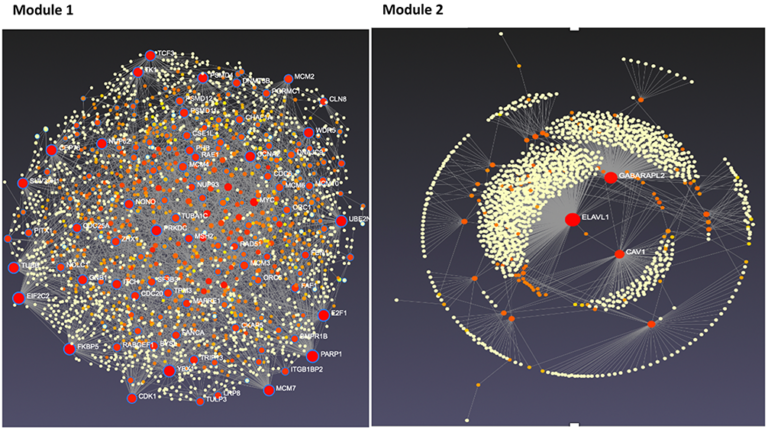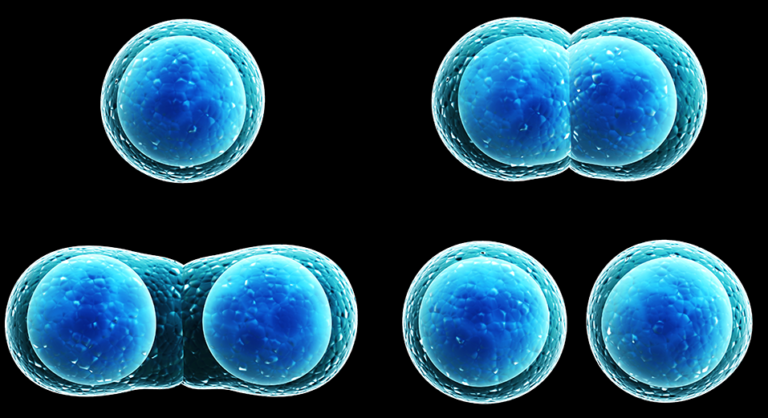Trending With Impact: Analysis of Mutational Burden in NSCLC
Oncotarget, Trending
April 21, 2022The Trending With Impact series highlights Oncotarget publications attracting higher visibility among readers around the world online, in the news, and on social media—beyond normal readership levels. Look for future science news about the latest trending publications here, and at Oncotarget.com.
—
While a high tumor mutational burden (TMB) may seem unfavorable in the midst of battling non-small cell lung cancer (NSCLC), a higher TMB has been associated with a higher number of neoantigens. The presence of more neoantigens can potentially elicit a stronger immune response. Therefore, TMB may be a viable biomarker of tumor response to immunotherapeutic agents. However, the definitions, parameters and units used to measure high- and low-TMB have been inconsistent over the years. Today, the consensus unit for reporting TMB has shifted to mutations per megabase (mut/Mb). The common cut-off for high- vs. low-TMB from tissue samples is >10 mut/Mb in NSCLC.
“Despite inconsistencies with TMB definition and reporting over time, high TMB has consistently been associated with improved clinical benefit among patients receiving immunotherapy for NSCLC [22].”
Researchers—from University of Utah, University of Minnesota Duluth, Huntsman Cancer Institute, H. Lee Moffitt Cancer Center and Research Institute, Baptist Health Medical Group, MetroHealth Medical Center, Rutgers Cancer Institute of New Jersey, University of Southern California, Saint Luke’s Cancer Institute, University of Kentucky, and Bristol Myers Squibb—used the newest consensus unit and common cut-off parameters for TMB expression to measure TMB’s relationship to treatment response and survival outcomes among metastatic NSCLC patients. Their trending research paper was published in Oncotarget’s Volume 13 on January 31, 2022, and entitled, “Real-world survival analysis by tumor mutational burden in non-small cell lung cancer: a multisite U.S. study.”
“The purpose of this study is to evaluate clinical outcomes by TMB among NSCLC patients treated with immunotherapy containing regimens in the first-line setting.”
The Study
Participants in this large cohort study included 667 patients who had been diagnosed with stage IV NSCLC and treated with any NSCLC-related treatment. Patients were recruited from nine different academic and community cancer centers across the United States. The researchers intended to utilize this “real-world” dataset and hoped it would allow them to realistically assess the role of TMB as a potential biomarker of NSCLC response to treatment.
First, the team collected demographic and clinical characteristics and separated them into two groups: TMB greater or less than 10 mut/Mb. Characteristics included age, sex, race, body mass index, smoking history, PD-L1 expression, comorbidities, Eastern Cooperative Oncology Group performance status (ECOG PS) at diagnosis, histology subtype, Stage at metastatic diagnosis, and site of metasteses. Interestingly, a history of smoking was significantly associated with a TMB greater than 10 mut/Mb.
“Smoking status was significantly associated with TMB >10 with 91% of patients reported as current or former smokers compared to 61% in the TMB <10 cohort (p < 0.01, Table 1).”
The Results
The researchers found no association between TMB and age, PD-L1 expression, tumor histology, or cancer stage at diagnosis. Next, the team assessed for significant associations between TMB and 17 genomic alterations. They found that lower TMB was associated with ALK and EGFR alterations. Higher TMB was associated with TP53 alterations. The researchers investigated the association between TMB and treatment patterns and responses. The overall response rate was very similar in both groups.
A multivariable model was used to analyze overall patient survival and progression-free survival (PFS) for first-line immunotherapy containing regimens based on TMB. The model controlled for the initial patient characteristics and did not demonstrate significantly different results for overall survival in the two groups. However, the researchers found in a subgroup analysis that, of the patients who received TMB testing within 60 days of receiving immunotherapy treatment, those with TMB >10 demonstrated significantly longer overall survival compared to their TMB <10 counterparts. In terms of PFS, they found that PFS was longer among patients with TMB >10 in the cohort and subgroup analyses. PFS was significantly longer when treated with an immunotherapy-containing regimen first-line compared to a first-line treatment of chemotherapy. An association between TMB and PD-L1 expression was not found in this study.
Conclusion
“This study evaluated two broad questions: (1) The distribution of TMB in the real world and its association with baseline clinical and demographic features (n = 677) and (2) the association between TMB and clinical outcomes among NSCLC patients who received first-line immunotherapy (n = 224).”
Results of the study confirmed the association between a higher TMB and smoking history, as well as the benefits of first-line immunotherapy within two months of TMB testing. While the researchers were forthcoming about limitations in their study, metastatic NSCLC patients with TMB>10 who were treated with first-line immunotherapy had improved overall survival and progression-free survival.
“Based on the results in this study and prior research, TMB along with other biomarkers, such as PD-L1, may help identify patients more likely to benefit from first-line immunotherapy.”
Click here to read the full research paper published by Oncotarget.
ONCOTARGET VIDEOS: YouTube | LabTube | Oncotarget.com
—
Oncotarget is an open-access journal that publishes primarily oncology-focused research papers in a continuous publishing format. These papers are available at no cost to readers on Oncotarget.com. Open-access journals have the power to benefit humanity from the inside out by rapidly disseminating information that may be freely shared with researchers, colleagues, family, and friends around the world.
For media inquiries, please contact media@impactjournals.com.

